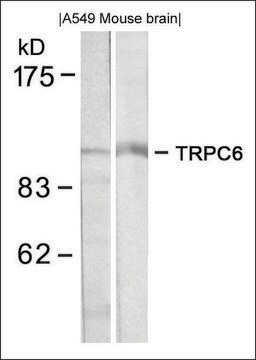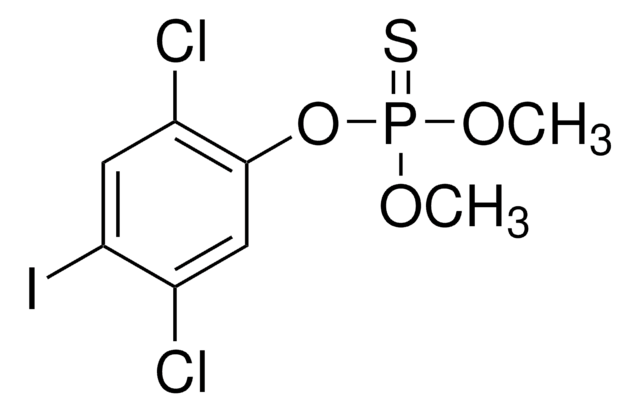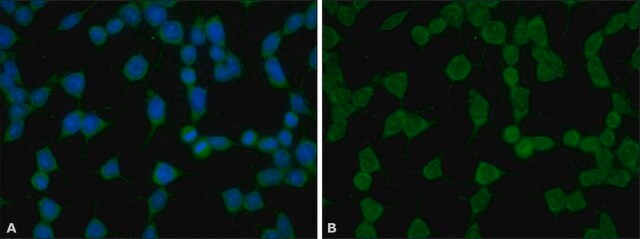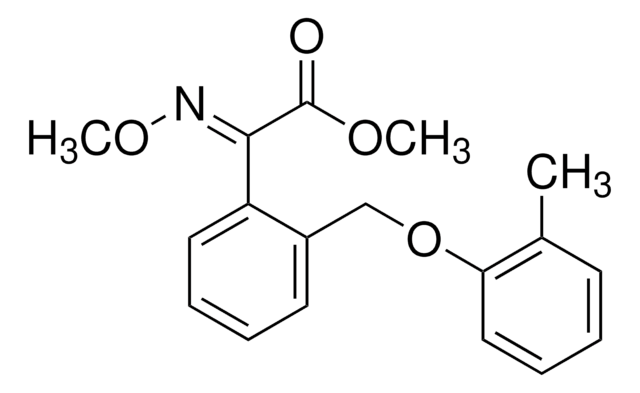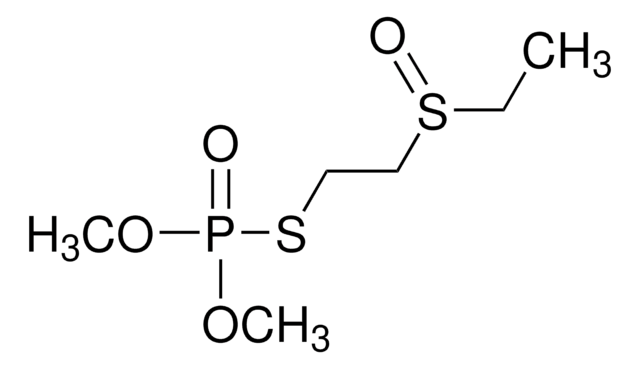Key Documents
A5844
Monoclonal Anti-c-Abl antibody produced in mouse
clone ABL-148, ascites fluid
Synonim(y):
Anti-ABL, Anti-BCR-ABL, Anti-CHDSKM, Anti-JTK7, Anti-bcr/abl, Anti-c-ABL, Anti-c-ABL1, Anti-p150, Anti-v-abl
About This Item
Polecane produkty
pochodzenie biologiczne
mouse
białko sprzężone
unconjugated
forma przeciwciała
ascites fluid
rodzaj przeciwciała
primary antibodies
klon
ABL-148, monoclonal
masa cząsteczkowa
antigen 145 kDa
reaktywność gatunkowa
monkey, rat, human, mouse, bovine
metody
flow cytometry: suitable
immunocytochemistry: suitable
immunoprecipitation (IP): suitable
microarray: suitable
western blot: 1:2,000 using human melanoma cell extract
izotyp
IgG2a
numer dostępu UniProt
Warunki transportu
dry ice
temp. przechowywania
−20°C
docelowa modyfikacja potranslacyjna
unmodified
informacje o genach
human ... ABL1(25)
mouse ... Abl1(11350)
rat ... Abl1(311860)
Powiązane kategorie
Opis ogólny
Specyficzność
Immunogen
Zastosowanie
Działania biochem./fizjol.
Opis wartości docelowych
Oświadczenie o zrzeczeniu się odpowiedzialności
Nie możesz znaleźć właściwego produktu?
Wypróbuj nasz Narzędzie selektora produktów.
Kod klasy składowania
10 - Combustible liquids
Klasa zagrożenia wodnego (WGK)
nwg
Temperatura zapłonu (°F)
Not applicable
Temperatura zapłonu (°C)
Not applicable
Certyfikaty analizy (CoA)
Poszukaj Certyfikaty analizy (CoA), wpisując numer partii/serii produktów. Numery serii i partii można znaleźć na etykiecie produktu po słowach „seria” lub „partia”.
Masz już ten produkt?
Dokumenty związane z niedawno zakupionymi produktami zostały zamieszczone w Bibliotece dokumentów.
Produkty
Quantitative and qualitative western blotting to validate knockdown by esiRNA. Sigma-Aldrich.com
Nasz zespół naukowców ma doświadczenie we wszystkich obszarach badań, w tym w naukach przyrodniczych, materiałoznawstwie, syntezie chemicznej, chromatografii, analityce i wielu innych dziedzinach.
Skontaktuj się z zespołem ds. pomocy technicznej